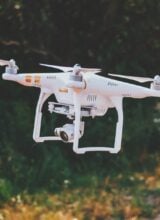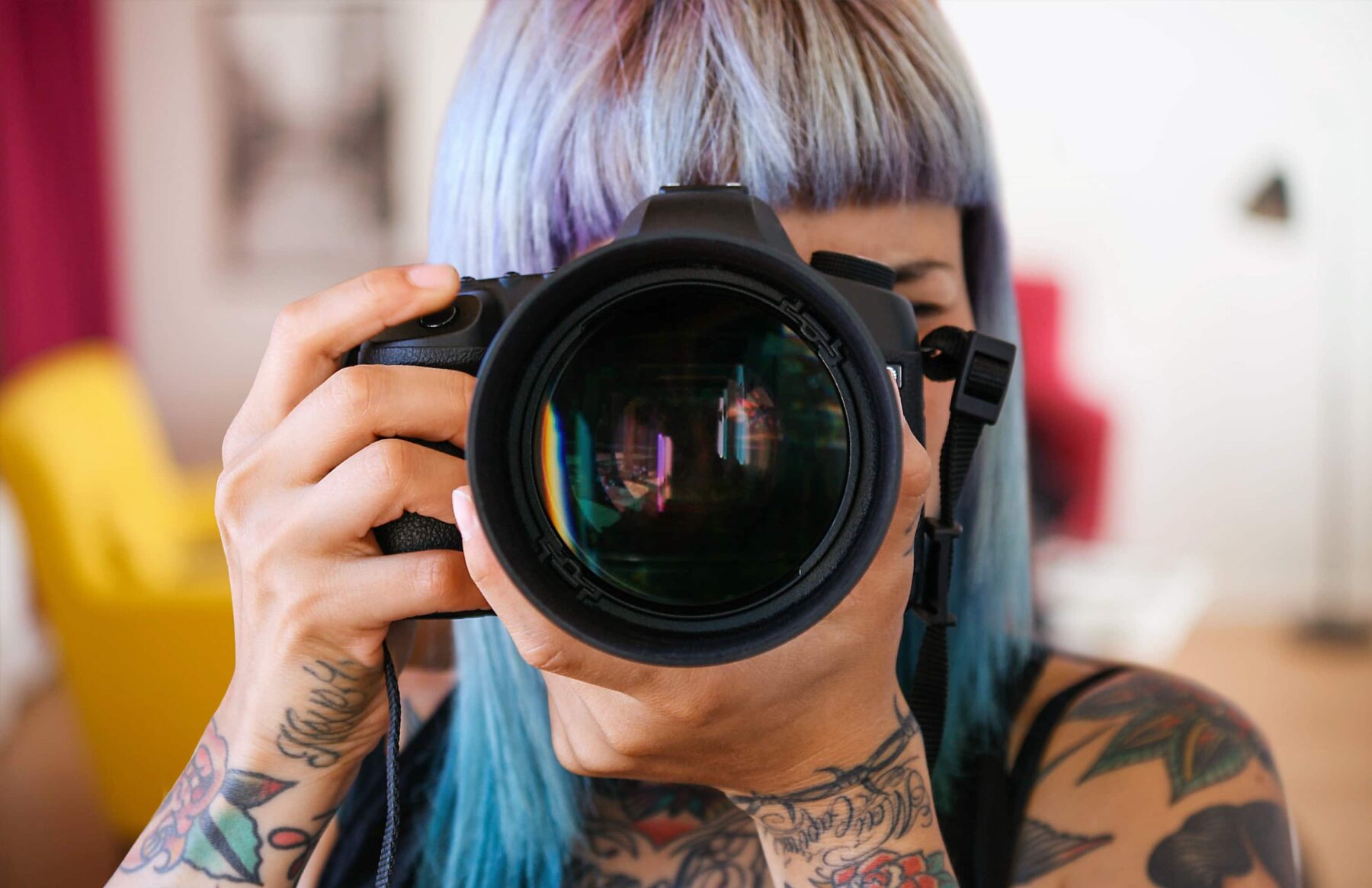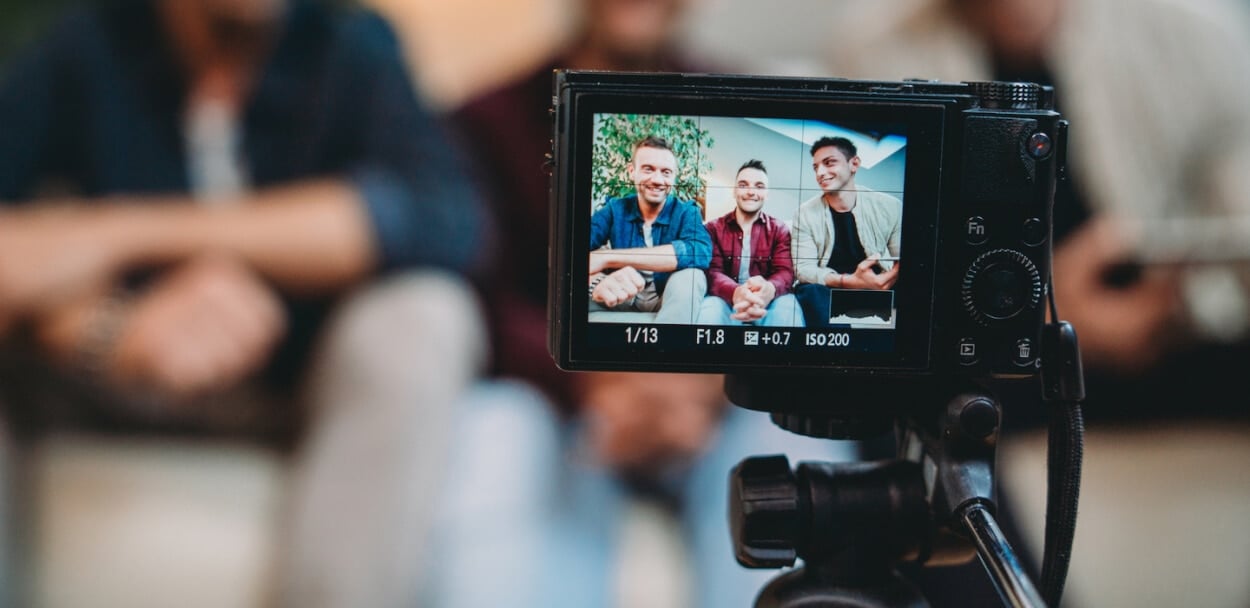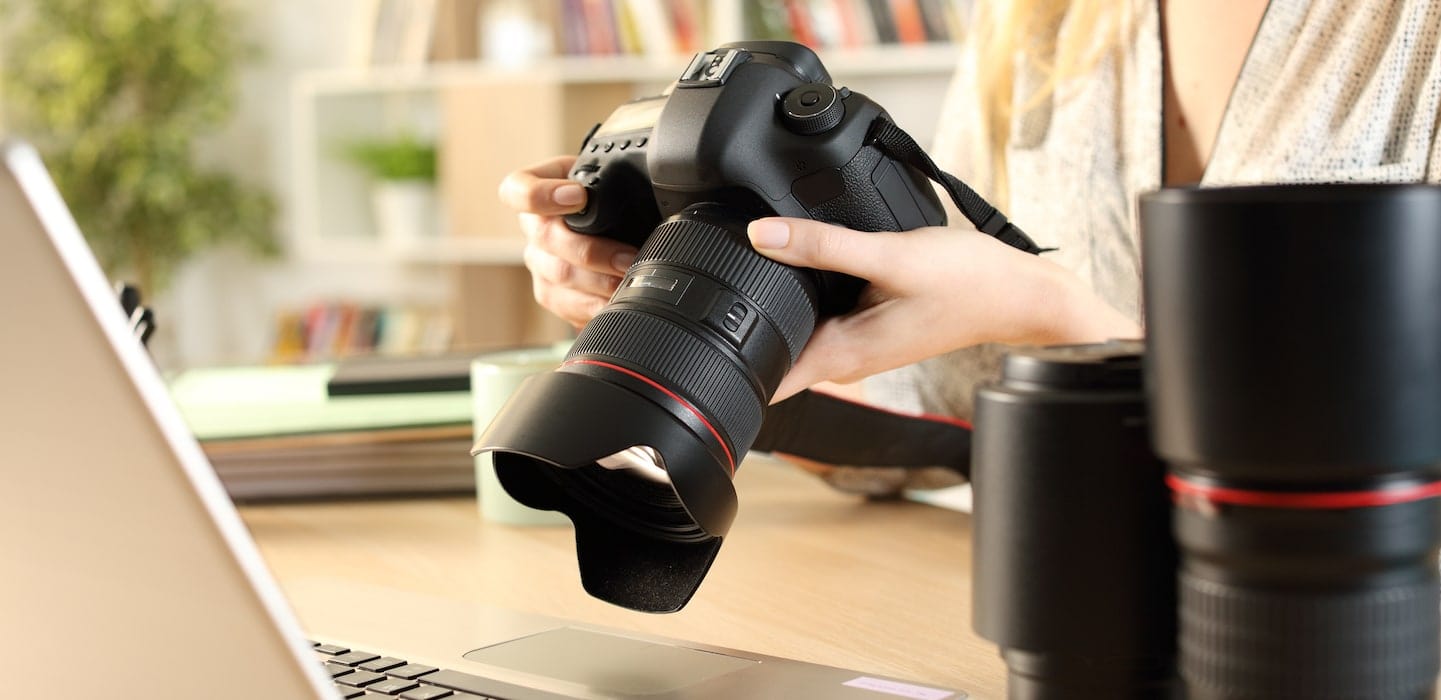Drone photography can take your business to new heights, (literally!) and can be a major competitive advantage for any photographer. From taking aerial photographs at weddings to selling stock images to a film studio, you’re only limited by your creativity, and the FAA’s license regulations.
That’s right. The FAA requires anyone using their drone for commercial photography to carry a license. You can’t just get the hang of the joysticks and start adding drone photography to your services. If you’re flying your drone for business purposes, you’ve got to have a drone photography license. Otherwise, you could get hit with a hefty fine.1
How do you get a drone photography license, exactly? Read on to find out, along with some other smart tips for protecting your photography business.
How to get a drone photography license
The good news is it’s not too difficult to get a license for drone photography. Anyone can apply on the Federal Aviation Administration (FAA) website.2 You complete a multiple-choice test, pay your licensing fee, and you’re set. Now, let’s get into the details.
(As a heads up, you might see a drone photography license alternately referred to as a “Remote Pilot Certificate,”“Part 107 certificate,” “Part 107 license,” or “drone license.” These terms all refer to the same thing.)
To apply for a drone photography license, you must be at least 16 years old and have a valid government-issued photo ID. Your first step is passing the FAA Aeronautical Knowledge Test. Currently, the test contains 60 multiple-choice questions and you need to score 70% or higher to pass. Question topics range from the rules and regulations for operating small unmanned aircraft to emergency procedures and airport operations. The FAA offers a study guide 3 and a free two-hour training course.4 You can also find study materials and test help through third-party test prep providers.
Once you’ve studied up, follow these steps.
- Create a profile on the FAA’s Integrated Airman Certification and Rating Application (IACRA) website.5
- Schedule your test at a Knowledge Testing Center.
- Take your exam.
Test results are issued within 48 hours. Once you have your test score, you can complete your application for a drone license. The application includes a background check by TSA. If all looks good, you’ll be issued a Part 107 license. Huzzah! You can print out a temporary license while you wait for the official one to arrive by mail.
Your Part 107 certificate is valid for two years. You’ll need to retake the knowledge test every two years to keep your drone photography license current.
How much does a drone photography license cost?
In total, a drone photography license costs $100 to $165 and remains valid for two years. The FAA Aeronautical Knowledge Test can cost between $96 and $160, depending on the test center. You’ll also need to pay a $5 registration fee for your drone. Drone registration fees must be renewed every three years.6
What can you do with a license for drone photography?
With a drone photography license, you can use your drone to make money. You can take aerial shots at weddings and events, create footage for residential and commercial real estate, and sell your photos and video as stock imagery. You can expand your photography business and upsell your clients.
You can’t fly just anywhere, though. You’ll need to follow the FAA rules when operating your photography drone.7 For example, your drone must always stay within eyesight. You also can’t fly at night, over people, higher than 400 feet, faster than 100 mph, or within five miles of an airport.
That’s right — with a Part 107 license, you still can’t fly your drone at night. Not to worry, though; if you want to take nighttime aerial photography or use your drone at weddings, you still can. You just need to apply for a waiver under Part 107. You can do that at FAADroneZone, the same site where you registered your drone.8 Note that it can take up to 90 days for a waiver to be approved, so apply as soon as possible after getting your license.
As for what else you can or can’t do with a drone photography license, you’ll need to familiarize yourself with the drone laws in your state. While it’s legal to fly a drone in the U.S., different states may have their own drone laws which restrict what you can do.9 And some states will require you to carry liability insurance for your drone.
Insuring your drone and your business
Whether your drone photography business is a side hustle or full-time, you’ll also need insurance.
Thimble got its start in the drone insurance space – our very first product was liability insurance for drone operators. While we no longer sell this product, a quick search for “drone insurance” should find you some easy options for coverage.
If you’re a photographer regularly working with wedding venues and realtors, you’ll also want general liability coverage, in case something — or someone — gets hurt while you’re working. General liability insurance arranged by Thimble provides coverage for the investigation, defense, and settlement of third-party claims of property damage, bodily injury, and personal and advertising injury.
Reach new heights with a drone photography license
Register your drone, get your license, and apply for a waiver so you can film and shoot wherever your business takes you.
Sources:
- GigaOm. Drone pilot and FAA settle for $1,100 in key commercial use case
- Federal Aviation Administration. Become a Drone Pilot
- Federal Aviation Administration. Remote Pilot — UnmannedAircraft Systems Study Guide
- Federal Aviation Administration. Activities, Courses, Seminars & Webinars
- Federal Aviation Administration. Integrated Airman Certification and Rating Application (IACRA)
- Federal Aviation Administration. Register Your Drone
- Federal Aviation Administration. Frequently Asked Questions
- Federal Aviation Administration. FAADroneZone
- Business Insider. Drone flying laws, FAA regulations, and license requirements you need to know








